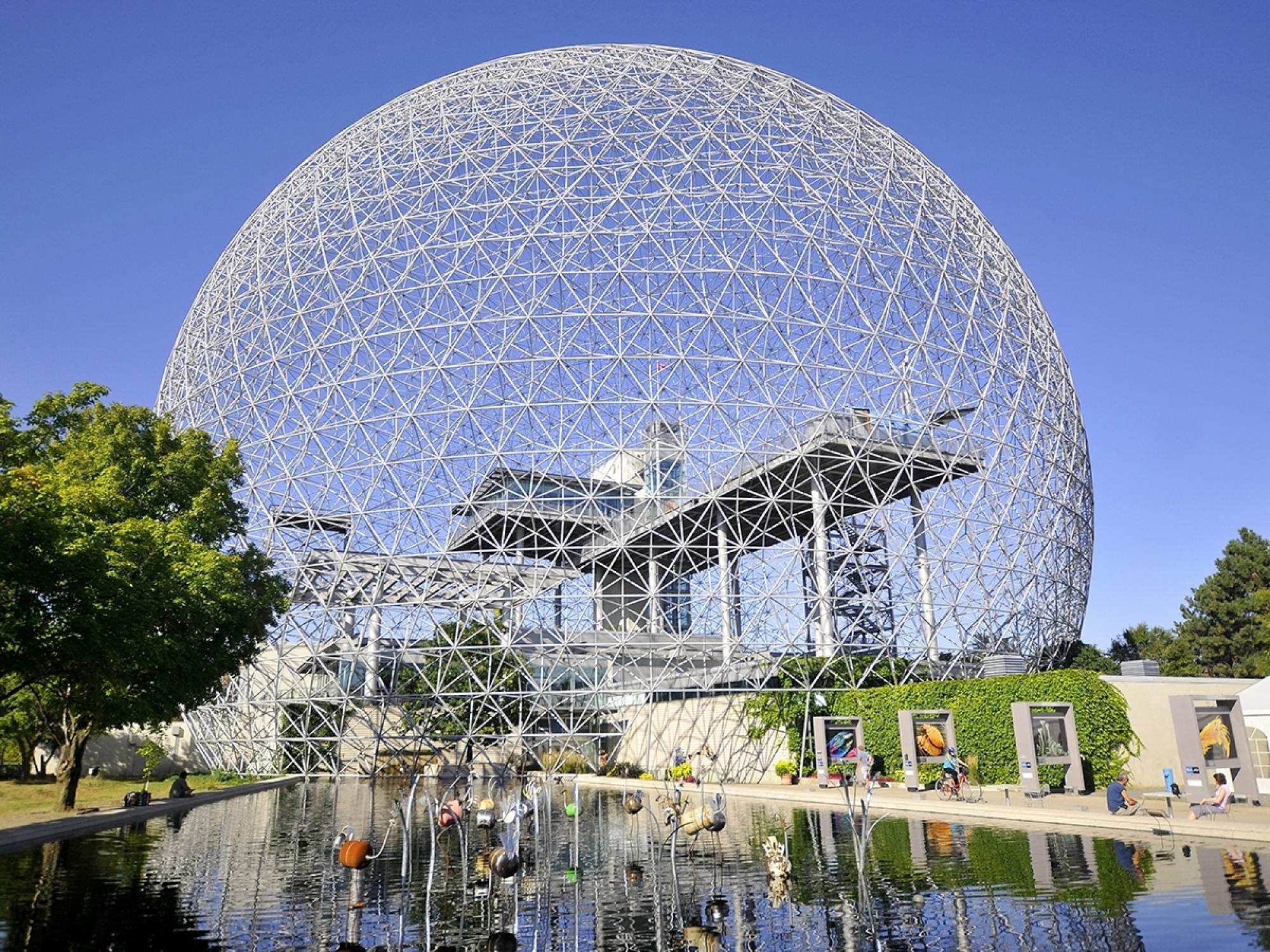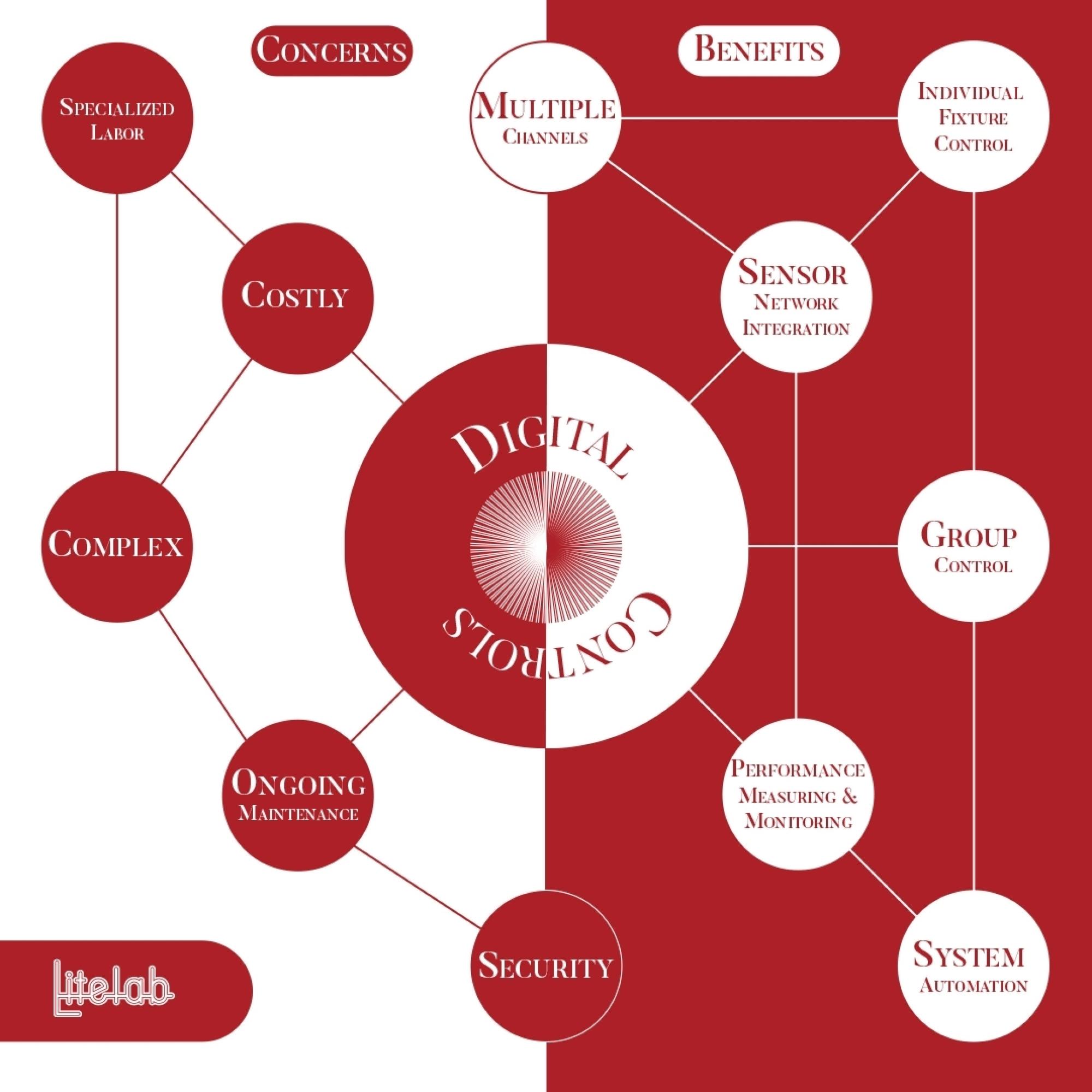Converting to LED Part 1: A Cost and Benefit Breakdown of LED Replacement Lamps Vs Halogen Lamps
Breaking down the financial comparison between halogen and LED replacement lamps, at scale
Breaking down the financial comparison between halogen and LED replacement lamps, at scale

Before replacing existing lighting with LED replacement lamps, there are a few things to consider.

This part of the LED series will take an in-depth look at some of the benefits of integrated LED fixtures.

This part of the LED series will review the cost benefits of an integrated lighting solution and revisit some of the compelling reasons behind converting to LED.

Examining R. Buckminster Fuller’s I Seem to be a Verb through the lens of 21st century architecture and societal needs.

We explore how the development of flexible systems impacts the future of architecture and the shift away from rigidity.

Litelab sat down with Brian Balderston, Exhibition Production Manager at the Queens Museum to discuss the museum’s relationship to its community, the opportunities and challenges of working in the historical World's Fair building, and strategies of exhibition and lighting design

Light is one of the primary conditions for life; its energy feeds every living thing. Circadian design attempts to realign the built environment with the human physiological response to light that drives our sleep and waking cycles. This article provides a critical review of Circadian Design.

Digital controls promise ease, efficiency and intelligence. Ease in the form of programmable scenes and automation; efficiency through sensor network feedback that helps reduce energy consumption; intelligence in the form of fixture performance monitoring and measurement.

Adaptive product design means addressing all phases of a product's lifecycle, anticipating change in a manner that allows users to address it in the least invasive manner possible. This means designing robust systems that are durable, adaptable, maintainable and replaceable.

The loss of brick-and-mortar stores leads to the deterioration of town and city centers, depriving people of civic spaces. Retail designs that include the local community can help reactivate both the historical civic function of marketplaces and reinvigorate interest in retail districts.
